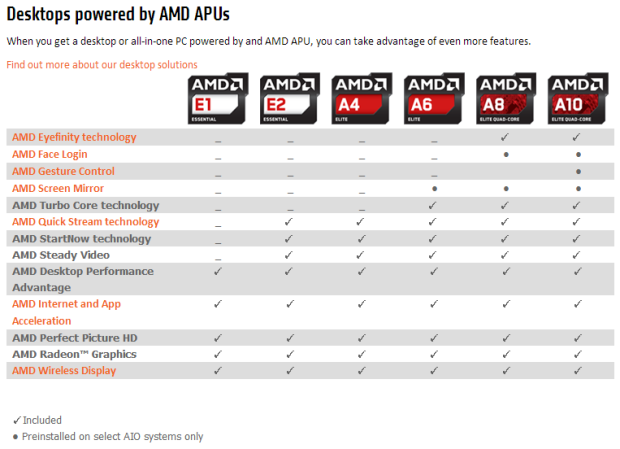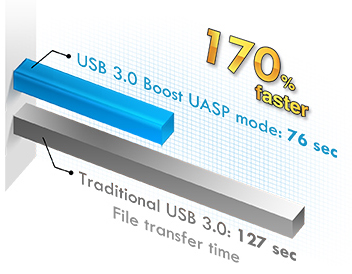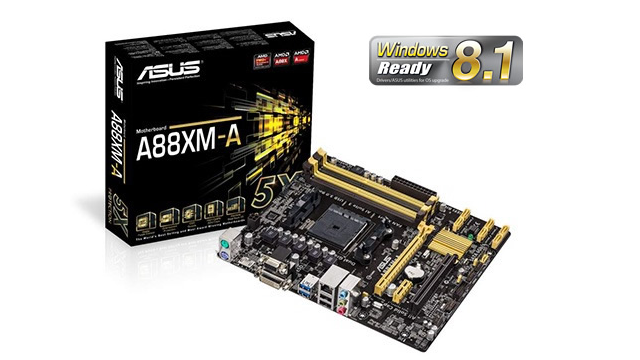Can you Build a Next-Gen PC for the Price of a PS4?
We set out with an aim of answering the question: Can you build a PC with similar specifications to the PlayStation 4, at a lower price?
The specs we went with:
- Processor: AMD A10-6800K APU
- Graphics Card: AMD Radeon 7870
- Motherboard: Asus A88XM-A
- RAM: 8GB
- Case & PSU
- Hard Drive: 500GB
Our choice to go with an APU over a traditional CPU is mainly to emulate the PS4’s specifications as closely as possible, but there are certainly advantages to this method which we’ll address below, but the APU we went with also provides the power of a 4.4 Ghz quad-core processor.

AMD’s A88XM-A motherboard offers one of those fancy new UEFI BIOS systems, with full mouse and keyboard support for brilliant ease of use. With ASUS Boot Setting, you can be in Windows 8.1 within half a dozen seconds of pressing the power button, which is frighteningly fast!
 Other features of the A88XM-A include:
Other features of the A88XM-A include:
- APU slot
- 4 x DDR3 slots
- HDMI, VGA and DVI-D Ports
- 2 x USB 3.0 and 2 x USB 2.0 Ports
- 6 x SATA Ports, offering plenty of expansion options, up to 6Gb/s.
- Audio, Ethernet and all quite strangely, PS/2 mouse/keyboard inputs.
This motherboard also provides USB 3.0 Boost, which can support transfer speeds of up to 170% faster than regular USB 3.0. They haven’t left anything out, that’s for sure.

The Radeon 7870 isn’t exactly at the cutting-edge of graphics cards, being from AMD’s last generation, but the great thing about using an A10 APU with an A88XM is that the motherboard will use the power of both the APU’s integrated graphics components, and the discrete 7870 to provide increased performance. So if you do go with an APU, we recommend pairing it with am Asus A88XM-A.
AMD are also entering the RAM market, with their high-end, fast-speed memory solutions. These come in DDR3 at 1,333MHz and 1,600MHz with CL8 rating on their Performance range, or CL9 rating for the Entertainment range. AMD RAM is available in 2GB, 4GB and 8GB kits and is of course AMD-ready, which makes it a great pairing for your APU setup. These modules have some overclocking potential, too.
How does it function as a gaming machine?
With Steam running in Big Picture Mode, this is essentially a Steam Machine, right here. Plug in a controller, and you’re good to go. When SteamOS is released later next year, we’ll be sure to install that on our “home-built PS4”, but for now we’re running Windows 8.1 with big metro buttons.
Of course we had to test this machine with a AAA title that looks great on PC, but is also available on next-gen consoles, so we went with EA’s Battlefield 4. Interestingly, using only the APU’s integrated graphics, we could only run the game on low settings at 720p, and still only hit around 25fps. However, after adding the discrete graphics card, we instantly boosted the FPS to 100, so we boosted the resolution to 1080p and changed the game’s visual settings to high, and were very impressed to see a frame-rate per second of 65.
Let’s get to the cost. The key components take up the bulk of the budget, with our AMD A10-6800K APU coming in at under £110, AMD Radeon 7870s can be found for around £145, and an Asus A88XM-A costs about £55. Then even if you can skimp on the remaining parts, with generic RAM (8GB) for around £50, case & PSU for £30 and 500GB hard drives for £35, the total comes to £425.
Bear in mind that the PS4 is £350 in the UK. The Xbox One, however, is £430. So technically you could build something superior to the Xbox One for less. But that isn’t the case for the PS4, which is interesting.
So the short answer then, is no.
While you can’t build a gaming PC with similar specs to the PlayStation 4 at a cheaper price, you can build something pretty similar in performance, which is more customisable.
But it’s imperative to remember that being customisable doesn’t make it future-proof. Games developed for the PS4 will continue to use the same benchmark for the next 5 to 10 years, whereas there’s not much chance of this PC playing the latest releases for that long, even with numerous upgrades. There comes a time in every PC’s life, when it’s time to call it a day and start from scratch. So if you’re looking to invest your money in something that’s going to last close to a decade, and run all the latest AAA releases, in this case, we recommend the PlayStation 4.




